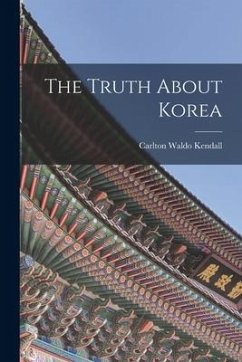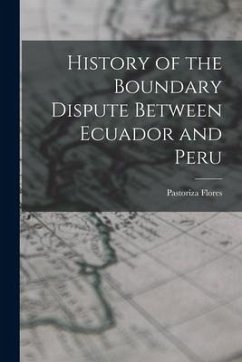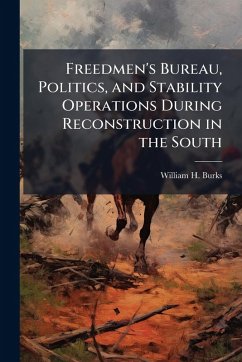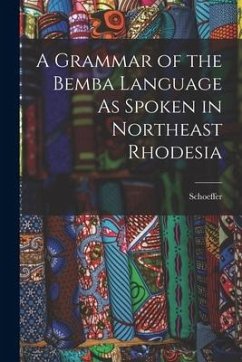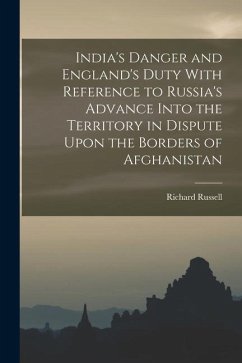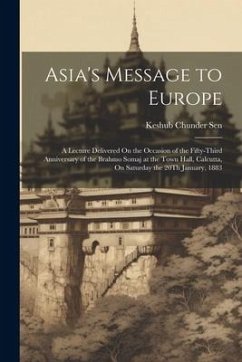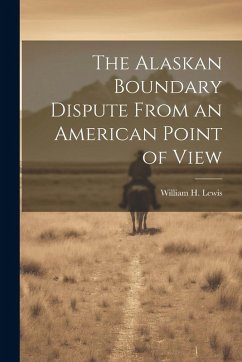
The Gando Dispute and the Future of Northeast Asia's Stability
Versandkostenfrei!
Versandfertig in über 4 Wochen
14,99 €
inkl. MwSt.
Weitere Ausgaben:

PAYBACK Punkte
7 °P sammeln!
Today's strategic environment on the Korean Peninsula and in Northeast Asia is volatile, uncertain, complex, and ambiguous. One roadblock to peace in Northeast Asia is a territorial dispute over a piece of terrain called Gando, which is located between the Korean peninsula and Chinese Manchuria and was a Korean territory until 1909. China currently controls the territory, but the controversy over control of Gando will reemerge if or when Korea is reunified. Gando is of such significant geopolitical and geostrategic importance that it could ignite a crisis among the nations of Northeast Asia th...
Today's strategic environment on the Korean Peninsula and in Northeast Asia is volatile, uncertain, complex, and ambiguous. One roadblock to peace in Northeast Asia is a territorial dispute over a piece of terrain called Gando, which is located between the Korean peninsula and Chinese Manchuria and was a Korean territory until 1909. China currently controls the territory, but the controversy over control of Gando will reemerge if or when Korea is reunified. Gando is of such significant geopolitical and geostrategic importance that it could ignite a crisis among the nations of Northeast Asia that could potentially affect world stability. Thus a peaceful resolution to this dispute is critical to both Korea and China. This work has been selected by scholars as being culturally important, and is part of the knowledge base of civilization as we know it. This work was reproduced from the original artifact, and remains as true to the original work as possible. Therefore, you will see the original copyright references, library stamps (as most of these works have been housed in our most important libraries around the world), and other notations in the work. This work is in the public domain in the United States of America, and possibly other nations. Within the United States, you may freely copy and distribute this work, as no entity (individual or corporate) has a copyright on the body of the work. As a reproduction of a historical artifact, this work may contain missing or blurred pages, poor pictures, errant marks, etc. Scholars believe, and we concur, that this work is important enough to be preserved, reproduced, and made generally available to the public. We appreciate your support of the preservation process, and thank you for being an important part of keeping this knowledge alive and relevant.



